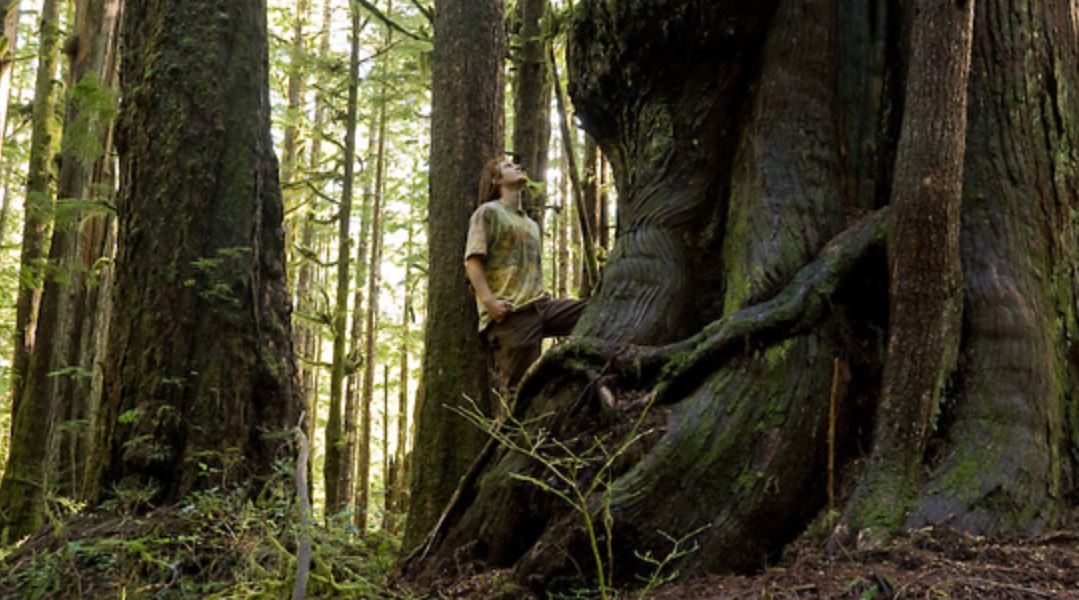Since August 2020 protesters have been blockading logging roads near the Fairy Creek watershed on western Vancouver Island. The dispute has reignited a debate over whether there should be a moratorium on logging Canada’s ancient forests.
Protests and a months-long blockade that began last August against private logging company Teal Jones in the Fairy Creek watershed on western Vancouver Island have heated up since May of this year, with the RCMP making a total of 170 arrests as of June 5.
Added to the confusion created by the protests, British Columbia’s Minister of Forestry, Katrine Conroy on Friday suggested that a pause was placed on logging in the contentious area almost two months ago, according to The Tyee news.
Conroy’s assertion comes as a surprise to people engaged in the fight to protect B.C.’s old growth forests and seems to contradict comments Premier John Horgan made earlier in the week.
“Pacheedaht, industry tenure holders, and the province have agreed that no harvesting will happen in Fairy Creek while the Pacheedaht develop their own stewardship plan,” Conroy wrote in a Vancouver Sun opinion column.
“The Pacheedaht is engaging in that internal process right now, and no harvesting is happening in Fairy Creek,” Conroy wrote. “Our BC NDP government supports that work, and we will respect the request of Pacheedaht to not interfere. We believe working respectfully with First Nations and when the land is respected it is a win-win for everyone.”

Indigenous Peoples in the Region
The Fairy Creek watershed is in Pacheedaht First Nation territory, and in general, the elected leadership distanced itself from logging protest activity in 2021. However, as a direct descendant from the family line claimed as the hereditary decision-makers or speakers for the territory, Pacheedaht Elder Bill Jones supported protest activity.
In a letter printed in the Rainforest Flying Squad last month, Elder Jones has called for careful stewardship of the Fairy Creek Watershed, and against the destruction of remaining sacred places for short-term gain.
In British Columbia’s coastal region trees older than 250 years are defined as old growth. Old-growth forests support a greater diversity of plant and wildlife, including endangered marbled murrelet birds and northern goshawks.
Of the 13 million hectares (32.12 million acres) of old-growth forest left in B.C., the majority consists of high-alpine trees unsuitable for logging. It is the remaining valley-bottom trees that are the meat of the dispute.

Conservation versus livlihoods
There are close to 38,000 workers in Canada’s westernmost province whose job, according to the industry, depends on the logging of towering old-growth trees, such as cedars, Douglas firs and western hemlocks aged at least 250 years, and in some cases more than a thousand.
The lumber industry says the protests and blockades by environmental activists are endangering the livelihoods of thousands of hardworking families. Many lumber industry workers are second or even third-generation members of families that have worked in the industry.
And while old growth forests are declining, there does not seem to be any inclination to stop logging them. The value of the finished lumber is just too good to pass up. But all good things must come to an end, eventually.
Reuters is reporting that Fairy Creek protestor Shambu, 47, said it is “inevitable” old-growth logging will come to an end as the resource disappears and that government funding is needed to help the industry transition to logging and processing planted forests.
“Do we leave these loggers to find a living in a dying industry, or do we help them? Either we sort out transition funding now, when there’s still a fraction of old growth left, or when there’s none,” Shambu, who joined the Fairy Creek blockade last August, said.














